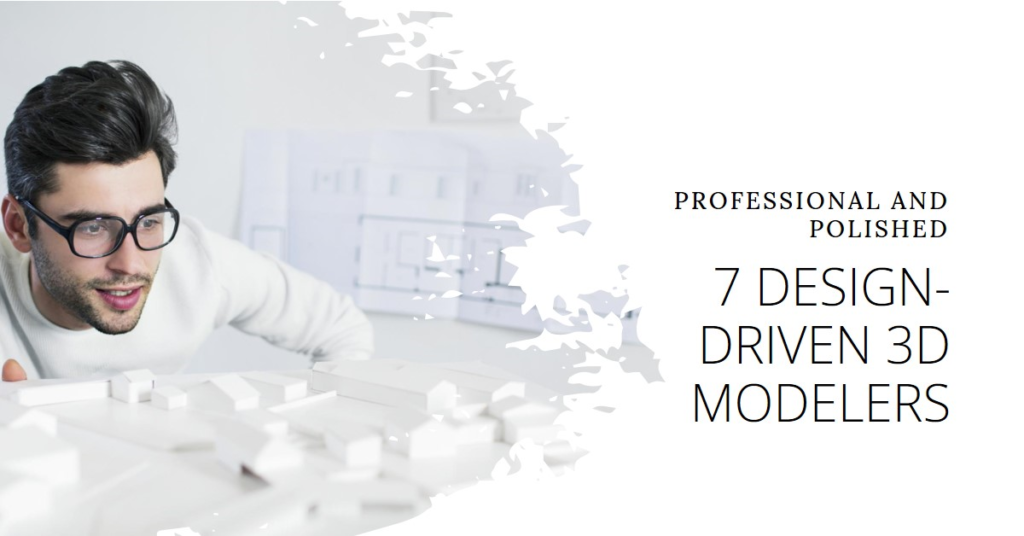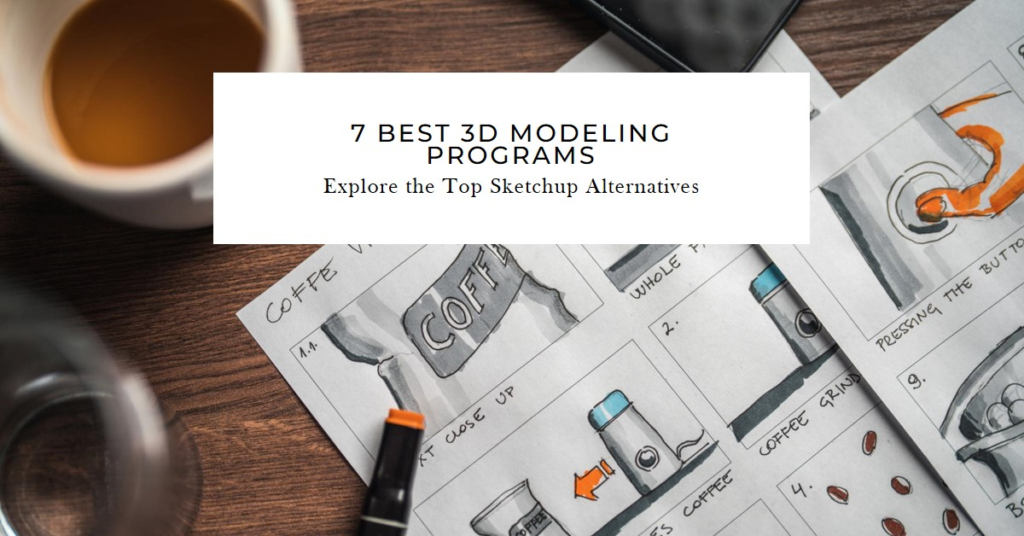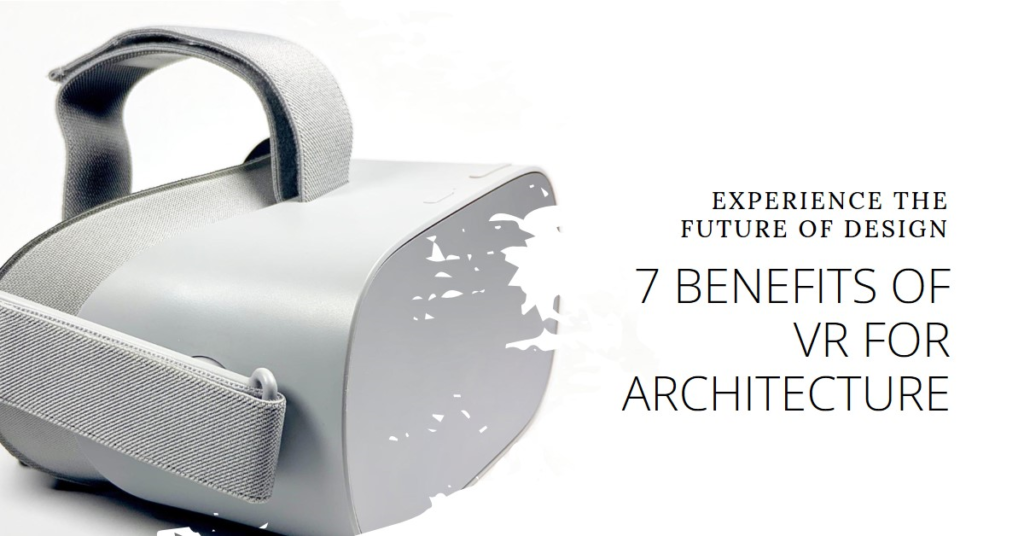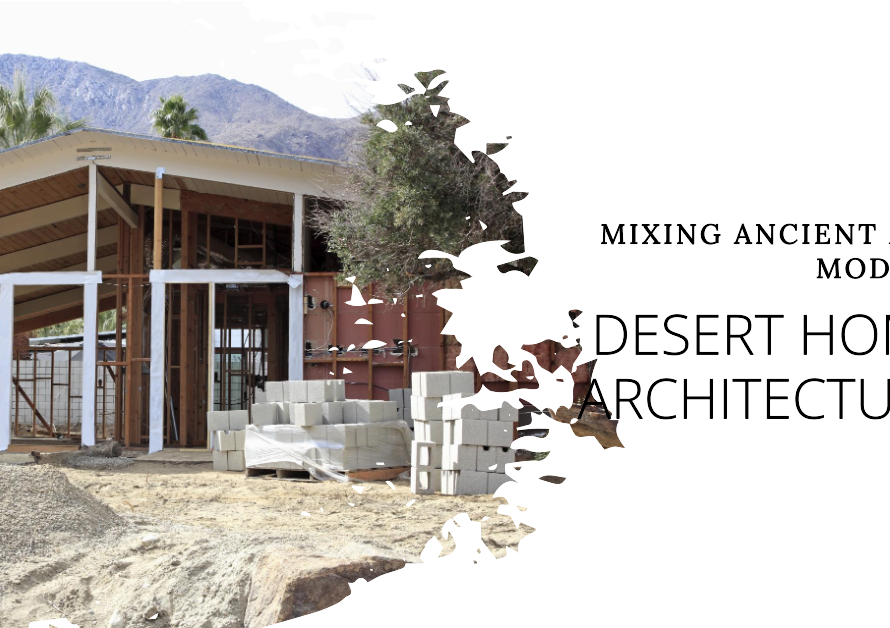
Table of Contents
3D Modeler- In the realm of 3D modeling, design-driven software plays a pivotal role in empowering creators to bring their visions to life with precision, efficiency, and creativity. These tools go beyond mere modeling capabilities, offering advanced features, intuitive interfaces, and robust workflows tailored for design professionals across various industries. In this comprehensive guide, we’ll explore ten design-driven 3D modelers that stand out for their innovative features, user-centric designs, and ability to streamline the creative process for designers, architects, artists, and engineers.
1. Autodesk Fusion 360: Integrative Design and Engineering
Autodesk Fusion 360 stands as a leading design-driven 3D modeler, offering a seamless blend of parametric modeling, CAD functionality, simulation tools, and collaborative features. Ideal for product designers, engineers, and makers, Fusion 360 provides a unified platform for concept development, prototyping, and production planning.
One of Fusion 360’s standout features is its cloud-based approach, enabling real-time collaboration, access to designs from anywhere, and version control for iterative design processes. Its parametric modeling capabilities allow for robust design changes while maintaining design intent and facilitating accurate documentation for manufacturing processes. Fusion 360’s simulation tools empower designers to validate designs early, ensuring optimal performance and manufacturability. Whether designing consumer products, mechanical components, or architectural elements, Fusion 360’s integrative approach and collaborative features make it a top choice for design-driven 3D modeling workflows.
2. Rhino 3D: Precision Modeling for Architects and Designers
Rhino 3D, also known as Rhinoceros, stands out for its precision modeling tools tailored for architects, designers, and engineers. Unlike surface-based modeling software, Rhino utilizes NURBS (Non-Uniform Rational B-Splines) technology, allowing for accurate curves, surfaces, and complex geometries with mathematical precision.
Designers appreciate Rhino’s intuitive interface, robust 3D modeling capabilities, and seamless integration with plugins like Grasshopper for parametric design workflows. Its flexibility in handling intricate designs, organic shapes, and detailed surfaces makes it a go-to choice for architects crafting complex architectural forms and product designers creating innovative prototypes. Rhino’s compatibility with various file formats ensures interoperability across design and engineering software, supporting collaborative workflows and seamless data exchange. For professionals seeking precision modeling and design-driven workflows, Rhino 3D stands as a formidable tool in the 3D modeling landscape.3D Modeler
3. SolidWorks: Engineering-Centric Design Excellence
SolidWorks remains a powerhouse in the engineering and design realm, trusted by engineers, product designers, and manufacturers for its parametric design capabilities, engineering-focused tools, and streamlined workflows.
One of SolidWorks’ strengths is its robust parametric modeling approach, allowing designers to create models with intelligent features, design intent, and easy adaptability to design changes. Its simulation tools, including stress analysis and motion studies, enable engineers to validate designs for performance and manufacturability early in the design process. SolidWorks’ collaboration features facilitate seamless teamwork, data sharing, and version control, crucial for complex engineering projects and interdisciplinary design teams. Whether designing mechanical parts, assemblies, or prototypes, SolidWorks’ engineering-centric approach and design-driven features make it an indispensable tool for professionals in the manufacturing and engineering sectors.3D Modeler
4. Autodesk Maya: Artistic Modeling and Animation Mastery (3D Modeler)
Autodesk Maya stands out for its industry-leading animation and modeling capabilities, making it a favorite among artists, animators, and filmmakers seeking artistic control and visual storytelling prowess.
Maya’s polygonal and NURBS modeling tools provide artists with flexibility in creating detailed models, characters, and environments with precision and creative freedom. Its robust animation and rigging tools empower animators to bring characters to life with realistic movements, expressions, and dynamics. Maya’s integration with other Autodesk software like MotionBuilder and Mudbox enhances its capabilities for character creation, texturing, and rendering, supporting seamless workflows in animation and visual effects production. Whether crafting cinematic scenes, game assets, or character animations, Autodesk Maya’s artistic modeling and animation mastery make it a go-to choice for design-driven 3D workflows in entertainment and media industries.
5. Cinema 4D: Versatile Design and Motion Graphics
Cinema 4D has gained widespread recognition for its versatility in 3D modeling, animation, and motion graphics, catering to artists, designers, and visual effects professionals seeking dynamic visual storytelling and engaging motion graphics.
Designed with artists in mind, Cinema 4D offers a range of modeling options, including polygonal modeling, procedural modeling with MoGraph, and sculpting tools for organic shapes. Its intuitive interface and powerful rendering engine enable artists to create dynamic animations, visual effects, and simulations with ease. Cinema 4D’s seamless integration with third-party renderers like OctaneRender and Redshift further enhances its capabilities for high-quality renders and real-time previews. Whether crafting product visuals, architectural animations, or motion graphics for film and television, Cinema 4D’s versatility and user-friendly interface make it a top choice for design-driven 3D workflows in creative industries.
6. Modo: Streamlined Workflow and Visualization Excellence
Modo stands out for its streamlined workflows, powerful modeling tools, and integrated rendering capabilities, making it a favorite among designers, artists, and visualization professionals seeking efficiency and visual fidelity in their projects.
One of Modo’s strengths is its nodal shading system, providing artists with granular control over materials, textures, and rendering settings for realistic renders and visualizations. Its efficient rendering engine supports real-time previews and high-quality renders, allowing designers to iterate quickly and achieve stunning visuals. Modo’s flexibility in handling diverse modeling tasks, from product design to architectural visualization, makes it a versatile tool for creative professionals seeking efficiency and visual impact. Whether creating product prototypes, crafting virtual environments, or developing digital content, Modo’s streamlined workflow and visualization excellence make it a compelling choice for design-driven 3D modeling and visualization projects.
7. 3ds Max: Comprehensive Design and Animation Toolkit
Autodesk 3ds Max remains a comprehensive toolset for design and animation professionals, offering robust modeling, animation, and visualization capabilities for a wide range of creative projects.
3ds Max’s polygonal and spline-based modeling tools enable designers to create intricate models, characters, and environments with artistic control and precision. Its animation and rigging features empower animators to bring characters to life with lifelike movements and expressions. Additionally, 3ds Max’s integration with other Autodesk software facilitates interoperability and collaborative workflows across design disciplines. Whether crafting game assets, architectural visualizations, or cinematic animations, 3ds Max’s comprehensive toolkit and industry pedigree make it a top choice for professionals seeking advanced design and animation capabilities.
8. Houdini: Procedural Modeling and Simulation Mastery
Houdini, developed by SideFX, stands out for its procedural modeling, animation, and dynamic simulations capabilities, making it a preferred choice among visual effects artists, game developers, and animators.
Unlike traditional modeling approaches, Houdini’s node-based workflow empowers artists to create complex procedural systems, simulations, and animations with unparalleled control and flexibility. Its robust simulation solvers, including fluid dynamics, cloth simulations, and particle systems, allow for realistic simulations and visual effects. Houdini’s integration with third-party renderers ensures high-quality renders for cinematic scenes, game assets, and visual effects sequences. Whether crafting dynamic environments, character animations, or intricate simulations, Houdini’s procedural approach and advanced capabilities make it a standout choice among design-driven 3D modeling and animation software.
9. ZBrush: Artistic Sculpting and Detailing Mastery
ZBrush stands as a powerhouse in digital sculpting and detailing, favored by artists, character designers, and sculptors for its unparalleled sculpting tools and artistic freedom.
While not a traditional polygonal modeling software like SketchUp, ZBrush excels in creating highly detailed organic models, characters, creatures, and intricate surfaces with lifelike textures and nuances. The core of ZBrush’s appeal lies in its dynamic sculpting brushes, customizable workflows, and advanced detailing tools, such as ZRemesher for optimized geometry and DynaMesh for dynamic tessellation. Artists can sculpt with precision, add intricate details like wrinkles, scales, and pores, and achieve stunning visual realism, making ZBrush a go-to choice for high-end digital sculpting projects across industries.
10. Tinkercad: Entry-Level Exploration into 3D Design


Tinkercad serves as an entry-level 3D modeling platform, introducing users to the fundamentals of 3D design in a user-friendly environment ideal for students, hobbyists, and beginners.
Despite its simplicity, Tinkercad offers essential modeling features such as basic shapes, assembly tools, and customization options, allowing users to create prototypes, toys, and simple models. Its cloud-based platform promotes collaborative learning, sharing of designs, and accessibility across devices with an internet connection. While Tinkercad may lack the advanced features of professional 3D modeling software, it serves as an excellent starting point for individuals venturing into 3D design and prototyping, paving the way for future exploration and growth in the field.
In conclusion, these ten design-driven 3D modelers offer a spectrum of capabilities, workflows, and features tailored to meet the diverse needs of designers, artists, engineers, and creators across industries. Whether prioritizing precision modeling, artistic sculpting, procedural workflows, or engineering design, exploring these top-notch 3D modeling programs can unlock new creative possibilities, streamline workflows, and elevate design projects to new heights of excellence and innovation in the dynamic world of 3D design and visualization.


